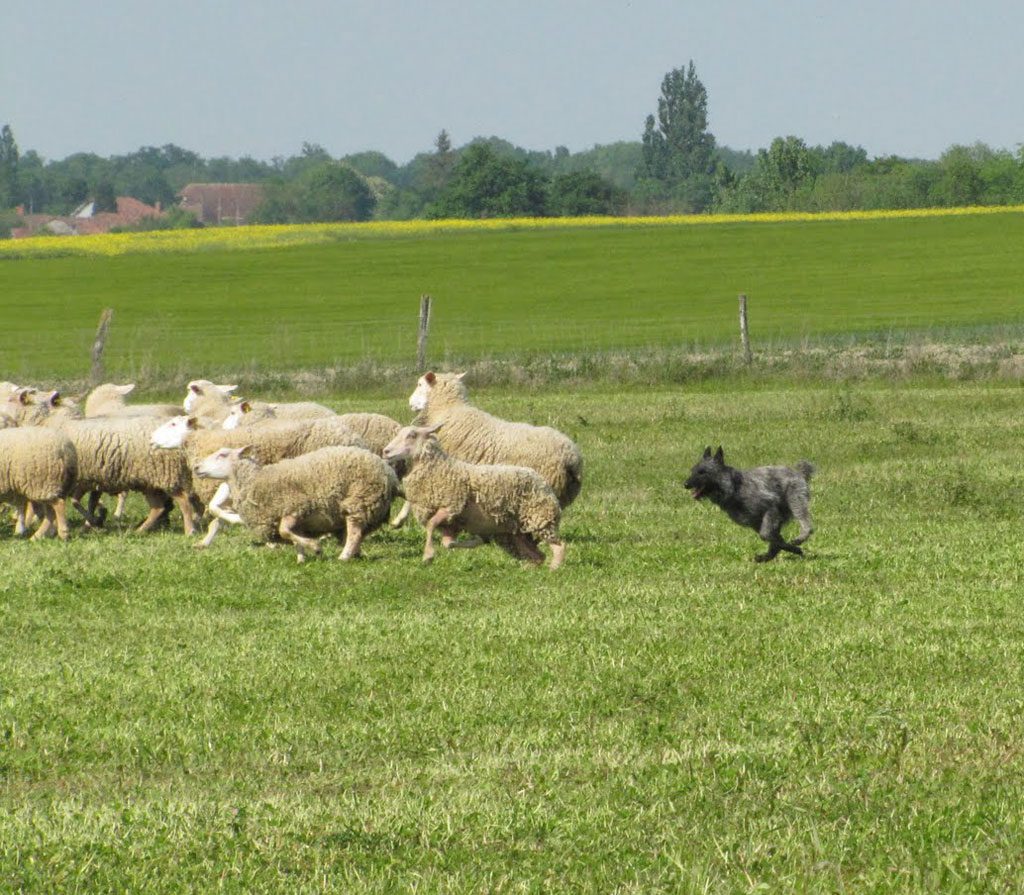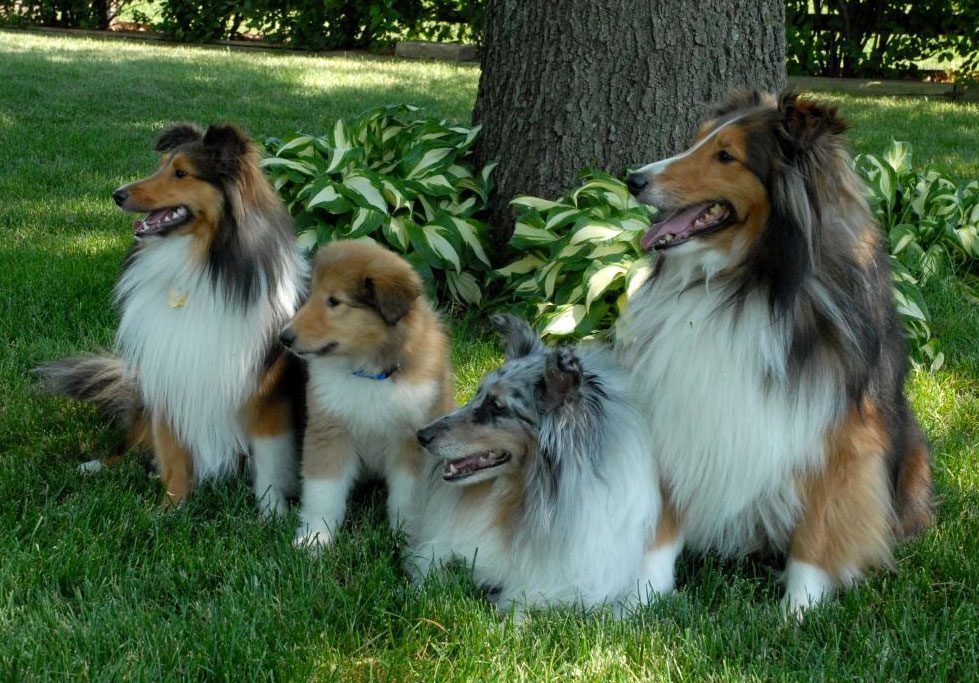Content |
|---|
History
The Border Collie takes its name from the region of Borders, the border region between Scotland and England, where he has been tending flocks of sheep since ancient times with extraordinary efficiency. For a long time, has remained there out of sight of international canine enthusiasts. So, the official rule was not registered with the FCI until 1976.
The foundation of the ISDS (International Society of Sheep Dogs) in 1906 marked a turning point in this dog's history. The name of Border Collie then appeared in 1915 to describe these famous “shepherds dogs”, in recognition of the selection work carried out by the pastoralists of the border regions. The word “frontera” refers to the border, while the word “Collie” used to describe a sheepdog.
The Border Collie owes excellent performance in many disciplines to rigorous and uncompromising selection in a pastoral environment. The different breeds that have stabilized the border are mainly herder breeds (Old English Sheepdog (Bobtail), Bearded Collie…), but also hunting dogs, as the English Pointer and especially the Gordon Setter.
Like this, the definitive pedigree of Border Collie, and therefore his right to breed dogs with pedigree, directly depends on your herding skills.
Physical characteristics
The Border Collie is a dog of medium size, well proportioned, that can weigh between 16 and 23 kg. It has a double cloak of hair that supports various colors, variations of black, toasted and white though white should never be the predominant color, the fur is impermeable, It can be dense and coarse, or dense, soft. The body has athletic appearance, low chest, strong and agile.
The height varies between 46,5 and 56 centimeters for males and between 46 and 53 centimeters in females. The tail is moderately long, slightly curved, well populated, with a lock of his hair white at the end of the same.
There are two coat varieties, moderately long and short. In both, the outer layer is dense and has a medium texture; the inner layer is dense and soft, which gives it good protection against the inclement weather. In dogs that have a moderately long fur, the abundant hair is Manes, fringes and tail brush. In the face, ears, previous members (except for the fringes) and later members from hocks to the ground, the hair should be short and smooth.
Character and skills
He is loyal to his own and especially to whom he adopts as a leader, with whom he forges an unconditional bond. His gaze is one of his main characteristics., in moments of work he never separates her from her leader, denoting an unusual ability to concentrate in other dog breeds. He is happy when working, enjoy doing it.
According to the classification made by Stanley Coren after analyzing the responses of more than 200 work of the AKC judges (“The intelligence of dogs, Stanley city, Ediciones B, 1995), the Border Collie is the No. 1 from the list.
It is a clever dog, very acute hearing, with a broad response capacity but, above all, It has a great agility and is owner of extreme intelligence, both functional and obedience.
His strong herding instinct, coupled with his tenacity and resistance, It places it among the most required to bring races, controlling and driving flocks, proving the best breed of dog existing pastor.
The Border Collie is regarded as the breed of more intelligent dogs que existe, next to the Golden Retriever and to the German Shepherd, that is why it is so easy to train.
It´s awake, vigilant, responsive and intelligent. Affectionate and docile, sociable with humans and other animals. He possesses an innate curiosity. It is a working dog and requires exercise in large or open spaces. You need to feel that it is part of a group and it has a function in the same. As it is a herding breed, it needs a lot of daily physical activity..
Slender, regular and easy, raising little toes, which gives the impression that move furtively and at high speed. The Agility It is a sport open to all those people who have one or more dogs (Whatever your race, with or without pedigree). It consists of the dogs led by their handlers being able to overcome a series of obstacles in order to demonstrate their intelligence., obedience, concentration, sociability and agility.
The Border Collie stands out in this sport for its physical and mental characteristics. If any of these tests has been occasionally observed, couldn't help but realize that the Border Collie They are present in many of them and they always end up doing it well.
Did you know??
The Border Collie they are known as herding dogs, but a dog of this breed currently holds the Guinness World Record for the fastest car window opened by a dog. Striker, a Border Collie from hungary, non electric opened window 11,34 seconds. Awesome!
Characteristics "Border Collie"
Coexistence is important that you have with your new friend. Before considering the acquisition of a dog of the breed "Border Collie" you know certain factors. Not all breeds of dogs are apt to live in an apartment, you must take into account his character, their need for exercise, their interaction with other pets, their care and if you have small children, their level of tolerance towards them.
Adaptation ⓘ5.0 out of 5 stars (based on 1 review)
|
friendly dog ⓘ3.0 out of 5 stars (based on 1 review)
|
hair loss ⓘ3.0 out of 5 stars (based on 1 review)
|
|---|---|---|
Affection level ⓘ5.0 out of 5 stars (based on 1 review)
|
Need for exercise ⓘ5.0 out of 5 stars (based on 1 review)
|
Social need ⓘ5.0 out of 5 stars (based on 1 review)
|
Home ⓘ2.0 out of 5 stars (based on 1 review)
|
Toilet ⓘ2.0 out of 5 stars (based on 1 review)
|
Friendly with strangers ⓘ3.0 out of 5 stars (based on 1 review)
|
barking ⓘ5.0 out of 5 stars (based on 1 review)
|
Health ⓘ3.0 out of 5 stars (based on 1 review)
|
Territorial ⓘ5.0 out of 5 stars (based on 1 review)
|
Cat friendly ⓘ3.0 out of 5 stars (based on 1 review)
|
Intelligence ⓘ5.0 out of 5 stars (based on 1 review)
|
Versatility ⓘ5.0 out of 5 stars (based on 1 review)
|
Child friendly ⓘ5.0 out of 5 stars (based on 1 review)
|
Surveillance ⓘ5.0 out of 5 stars (based on 1 review)
|
joy ⓘ5.0 out of 5 stars (based on 1 review)
|
Images “Border Collie”
Videos “Border Collie”
Type and recognitions:
- FCI CLASSIFICATION:Group 1 –> Herding dogs (except Swiss Cattle Dogs ) / Section 1 –> Sheepdogs. With working trial.
- FCI 297
- Federations: FCI ⓘ, AKC ⓘ, ANKC ⓘ, CKC ⓘ, KC ⓘ, NZKC ⓘ, UKC ⓘ
FCI breed standard "Border Collie"
Alternative names:
1. Scottish Sheepdog (English).
2. Border collie (French).
3. Border collie (German).
4. collie da fronteira (Portuguese).
5. Collie de la frontera, Collie fronterizo (español).
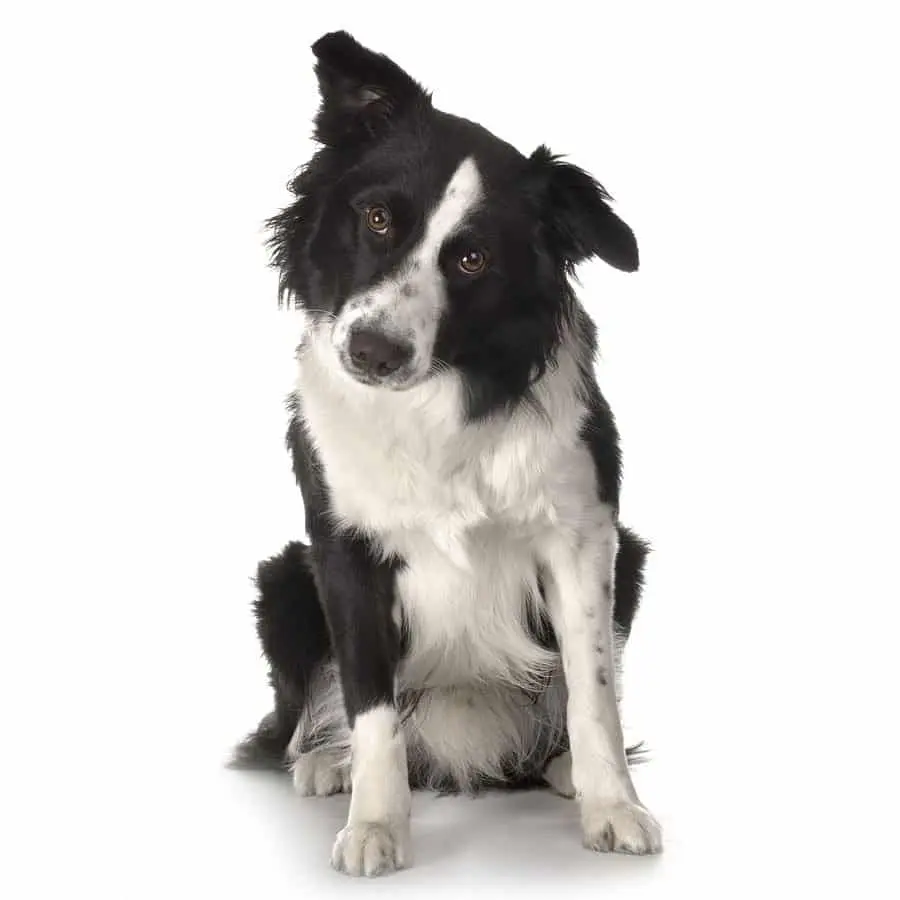
 Dogs 101:Border Collie
Dogs 101:Border Collie Amazing Dog Tricks by Paige the Border Collie!
Amazing Dog Tricks by Paige the Border Collie! The Working Sheepdog ( Border Collies ) in training
The Working Sheepdog ( Border Collies ) in training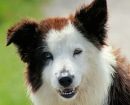
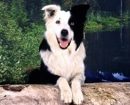
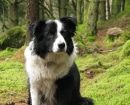
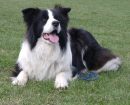
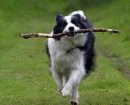
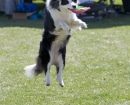
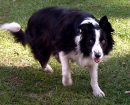
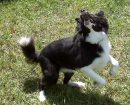
 Dazzle’s Dazzling Tricks
Dazzle’s Dazzling Tricks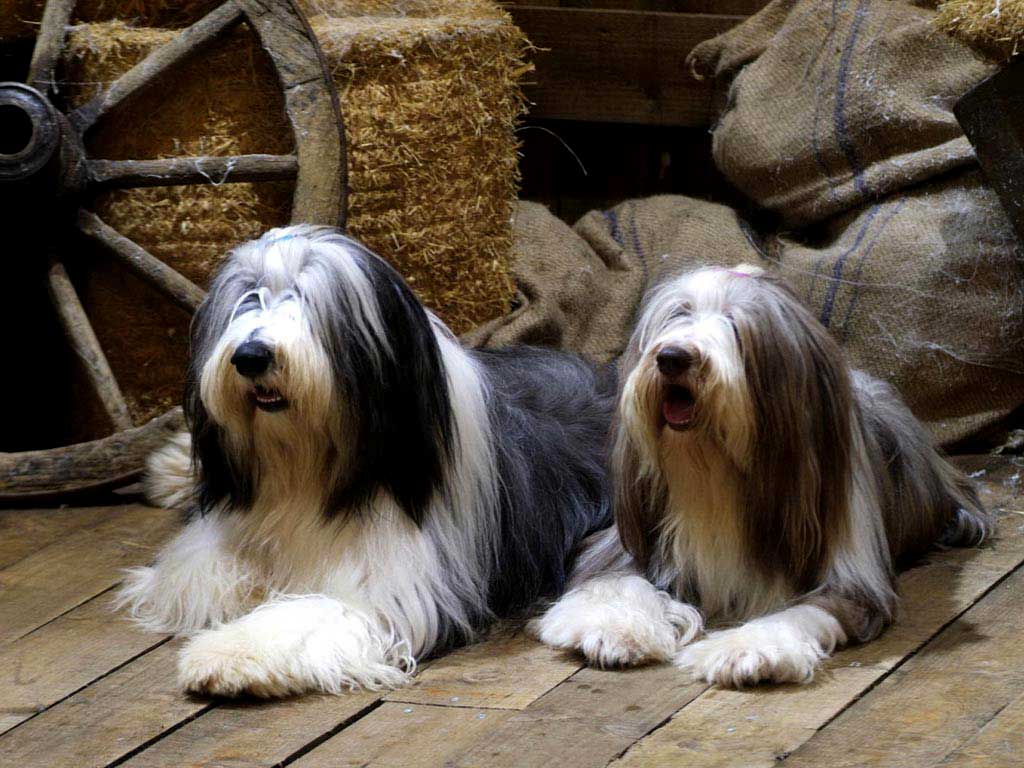
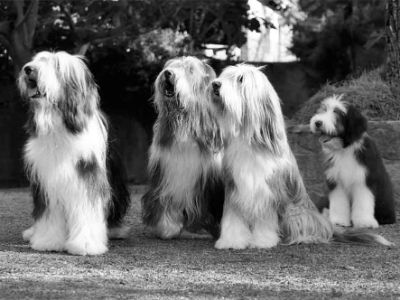
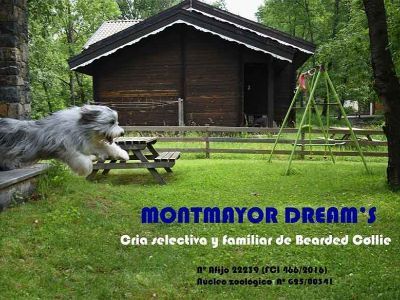
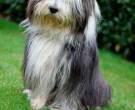

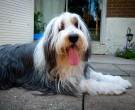

 PELUQUERIÌ A CANINA DEL BEARDED COLLIE WITH VANESSA CARDONA
PELUQUERIÌ A CANINA DEL BEARDED COLLIE WITH VANESSA CARDONA Bearded Collie Sheep Dog 02
Bearded Collie Sheep Dog 02 Bearded Collie Sheep Dog 06
Bearded Collie Sheep Dog 06 Bearded Collie IRBOAS CANINE INTERNATIONAL EXHIBITION MADRID 2013
Bearded Collie IRBOAS CANINE INTERNATIONAL EXHIBITION MADRID 2013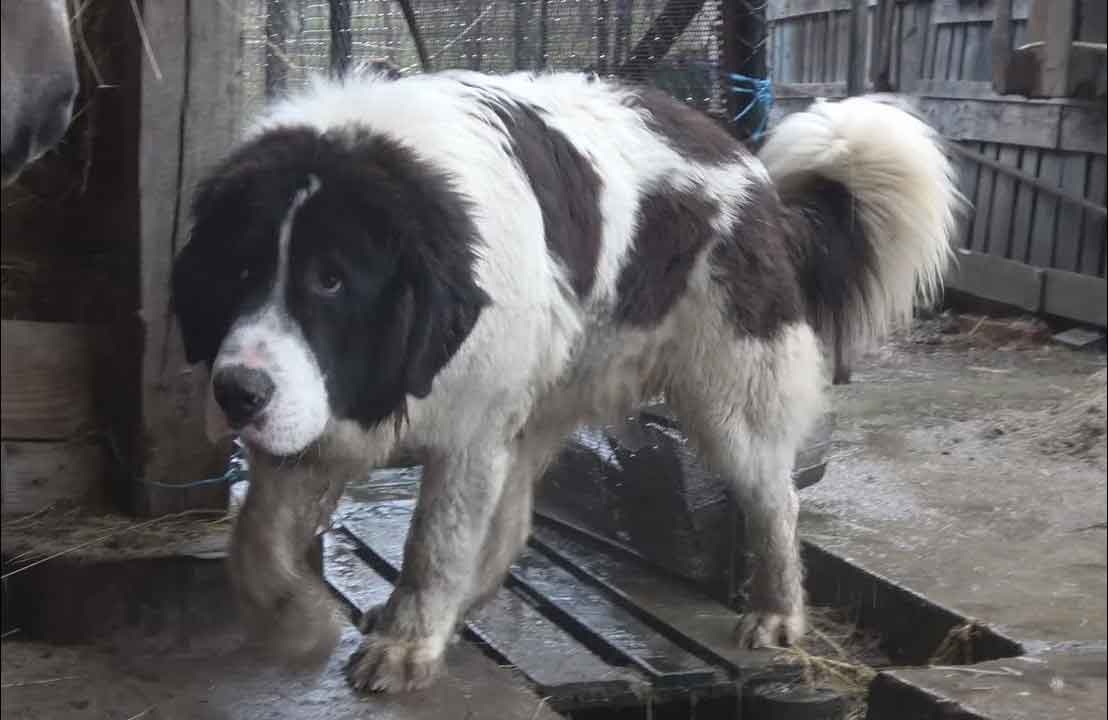

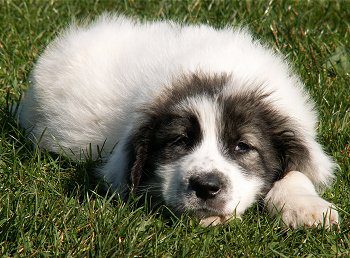
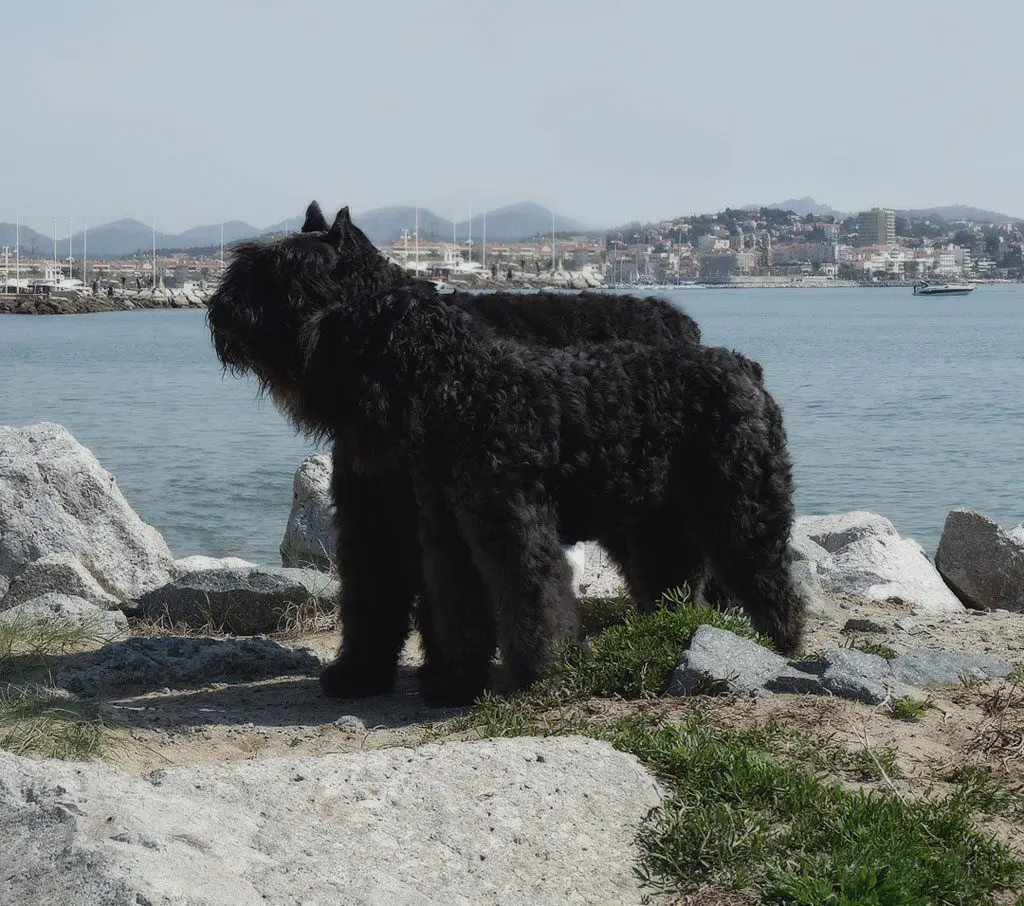

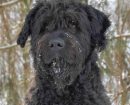
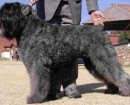
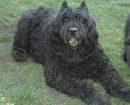
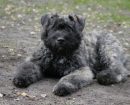

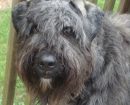
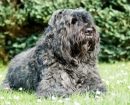
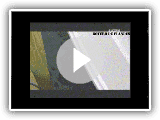 Bouvier des Flandres – CANINE ABC – Latino
Bouvier des Flandres – CANINE ABC – Latino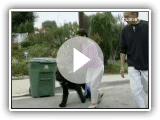 Cesar Millan – Energetic BOUVIER 1 (T1-Cap 8)
Cesar Millan – Energetic BOUVIER 1 (T1-Cap 8)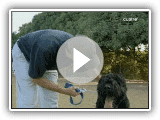 Cesar Millan – Energetic BOUVIER 2 (T1-Cap 8)
Cesar Millan – Energetic BOUVIER 2 (T1-Cap 8)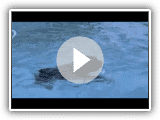 Flanders bañandose pool Bouvier
Flanders bañandose pool Bouvier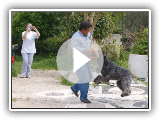 Nobel – “The Great Bouvier des Flandres”
Nobel – “The Great Bouvier des Flandres”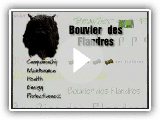 Breed All About It – Bouvier des Flandres
Breed All About It – Bouvier des Flandres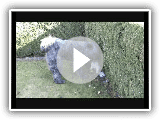 Babs & Mimi
Babs & Mimi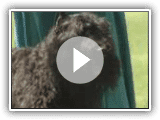 The Right Companion: Bouvier Des Flandres
The Right Companion: Bouvier Des Flandres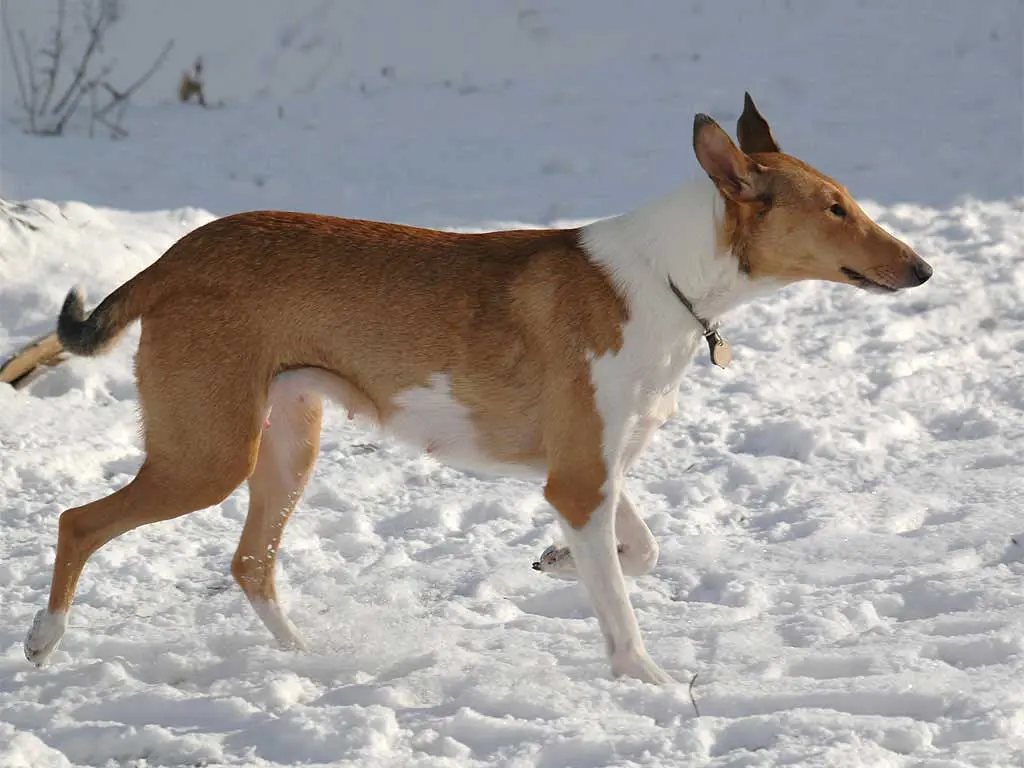
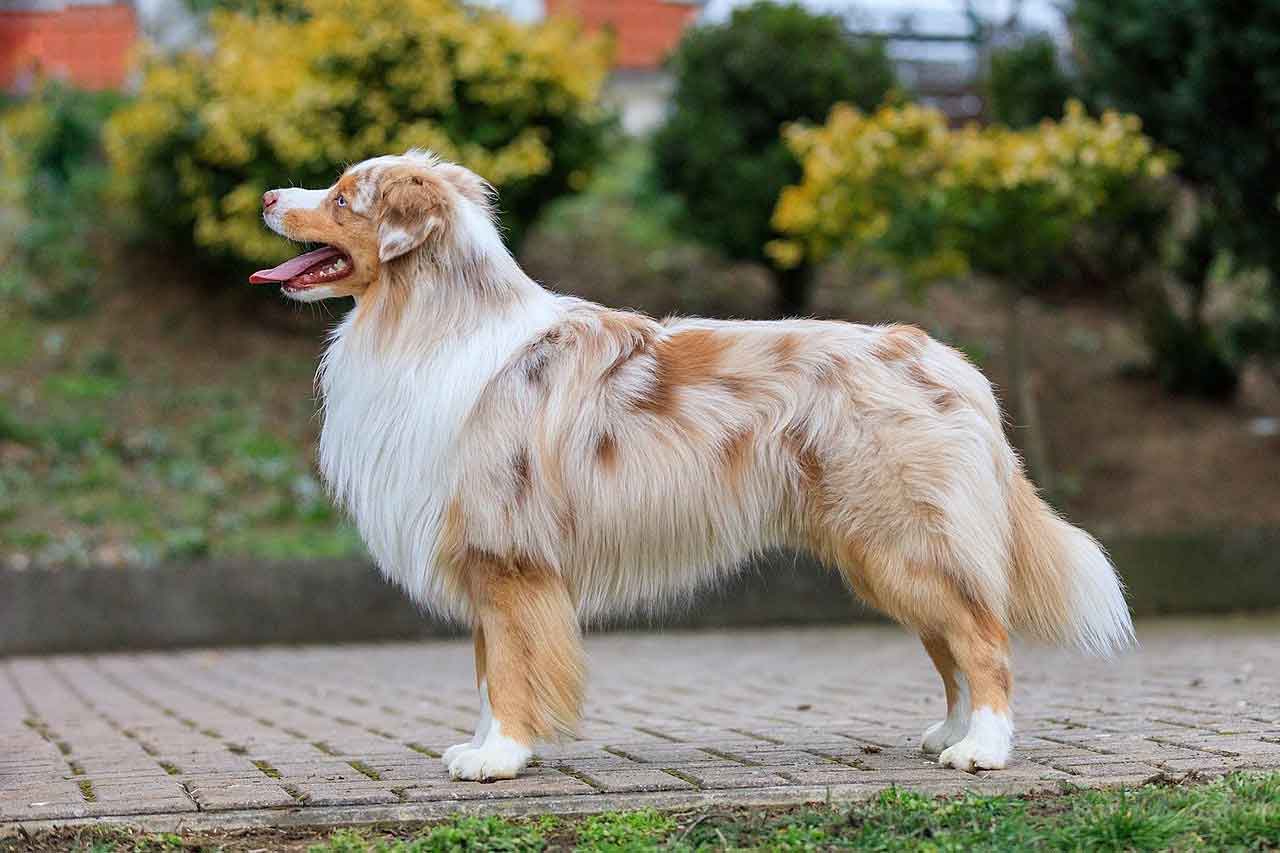
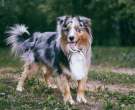
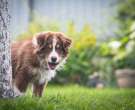

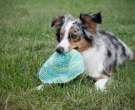


 Miniature American Shepherd | Breed Judging 2020
Miniature American Shepherd | Breed Judging 2020 Meet the Miniature American Shepherd
Meet the Miniature American Shepherd Pearl, the Mini American Shepherd Puppy Tricks
Pearl, the Mini American Shepherd Puppy Tricks Need a Freelancer? Obviously Fiverr | Fiverr
Need a Freelancer? Obviously Fiverr | Fiverr